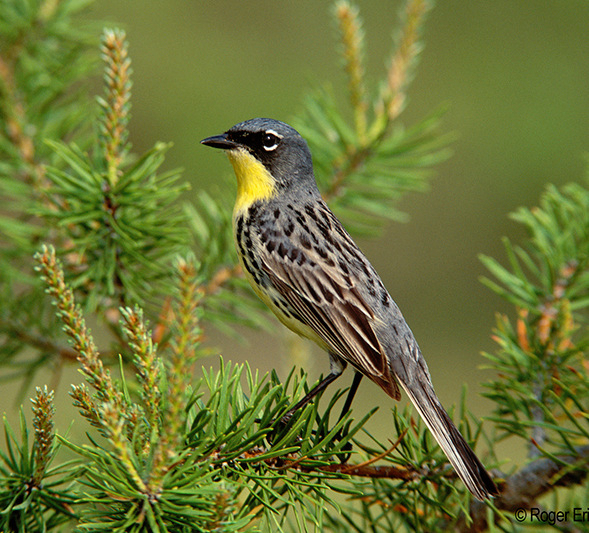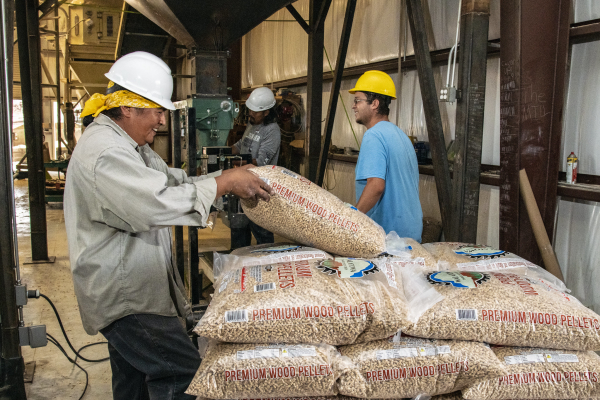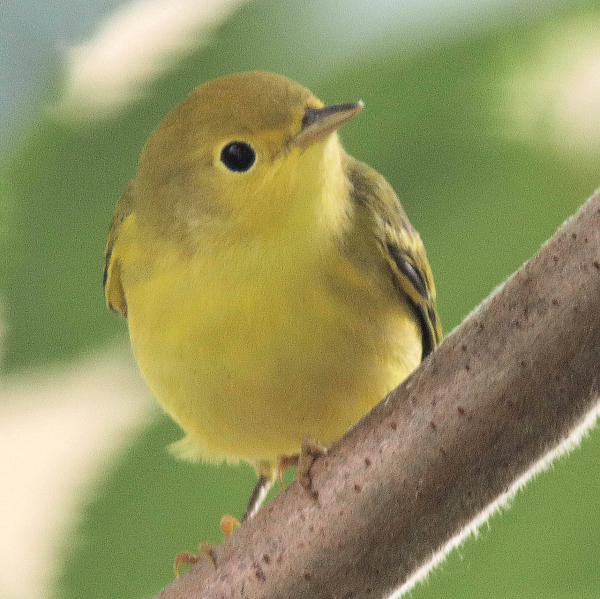DNR invites public input on Kirtland’s warbler management
The Department of Natural Resources is currently seeking public input on Kirtland’s warbler management in Michigan. The DNR will host a public meeting on Wednesday, June 27, at the Kirtland House on the Kirtland Community College campus, 10775 North St. Helen Road, in Roscommon, from 6 to 8 p.m. The DNR is beginning to draft a Kirtland’s warbler operational plan to direct future management of the bird and its habitat on state lands.
The Kirtland’s warbler is one of the rarest members of the wood warbler family and is currently listed as a federally endangered species. Kirtland’s warblers arrive in Michigan from the Bahamas between May 3 and May 20. They nest mostly in a few counties in Michigan’s northern Lower and Upper peninsulas, with a few also nesting in Wisconsin and the province of Ontario. Nowhere else on Earth have they been found to nest. The Kirtland’s warbler has very restrictive habitat requirements, preferring young stands of jack pine-dominated forest at least 80 acres in size, with trees between 5 and 20 feet tall where nests can be concealed on the ground in a mix of grasses and shrubs.
The majority of Kirtland’s warbler nest sites are on public land. The DNR administers more than 50 percent of the nesting habitat the Northern Lower Peninsula dedicated to the bird, with much of the rest being located within National Forests. Nesting habitat is actively managed on a rotational basis mostly through logging and replanting or seeding, in order to maintain the precise habitat requirements needed by the bird. Habitat is also created by wildfire and natural seeding. Fortunately, many other wildlife species, such as the upland sandpiper, Eastern bluebird, white tailed deer, black bear and snowshoe hare, also benefit from the same habitat the Kirtland’s warbler requires. Another benefit of the intensive jack pine management is the reduced risk of wildfire, as a result of keeping the stands of jack pine young and, therefore, healthy.
“Understanding public feelings about Kirtland’s warbler management is vital in this process,” said DNR endangered species coordinator Dan Kennedy. “We really hope folks come out and attend this meeting and share their thoughts with us.”
A multi-agency conservation strategy is also being completed at this time. Kirtland’s warbler habitat management is shared by the DNR, the U.S. Fish and Wildlife Service and the U.S. Forest Service. Therefore, a statewide, multi-agency plan is also needed to coordinate recovery efforts.
“Right now, we are focusing our planning efforts on state operations for Kirtland’s warbler management. When we have the DNR operational plan in place, we can move on to develop a multi-agency strategy together,” stated Kennedy.
Those who are unable to attend the June 27 meeting at Kirtland Community College are invited to submit their ideas about Kirtland warbler management via email to: DNR-wildlife@michigan.gov.






